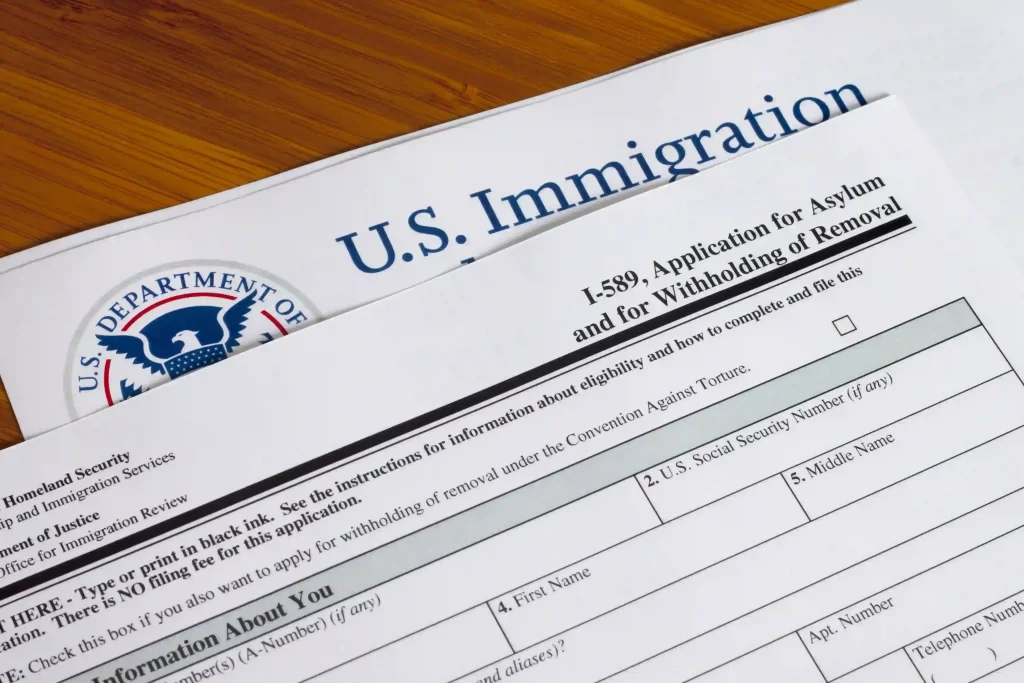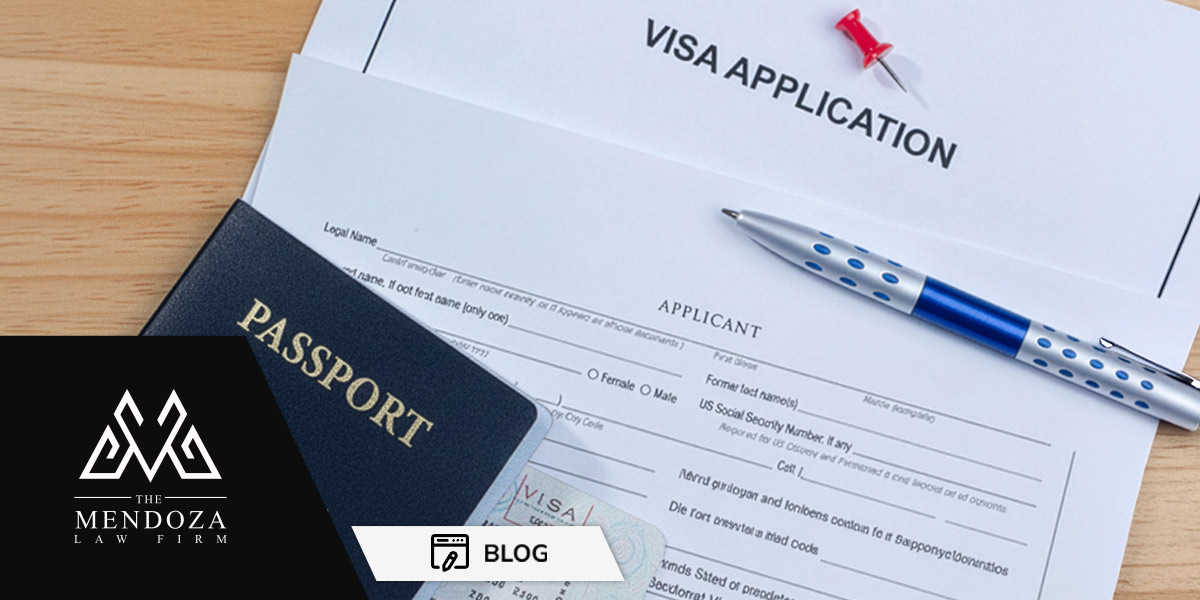Blog
Related Articles

Inmigration laws
Important Update on Parole for Spouses of U.S. Citizens
¡Hola, mi gente! I want to share exciting news about the recent updates in the executive order...
 María Mendoza
María Mendoza
Published: June 19, 2024

Inmigration laws
Overstayed Your Visa? Here Are Your Options to Fix Your Immigration Status in the U.S.
For many reasons, thousands of people enter the United States legally with tourist, work, or student...
 María Mendoza
María Mendoza
Published: July 25, 2025

Inmigration laws
Reasons that make it difficult to regularize migratory status if entered the US unlawfully.
The I-601A pardon is the process in which the US must be exited to regularize migratory status if en...
 María Mendoza
María Mendoza
Published: October 26, 2023

Inmigration laws
Steps for requesting asylum in the US after Title 42
Learn about some of the changes in the asylum request process associated with Title 42. There...
 María Mendoza
María Mendoza
Published: May 30, 2023

Inmigration laws
3 Reasons Your U Visa Could Be Denied in the United States
My clients often ask me, “Attorney, can I be denied a U Visa even if I have been the victim of...
 María Mendoza
María Mendoza
Published: December 11, 2025